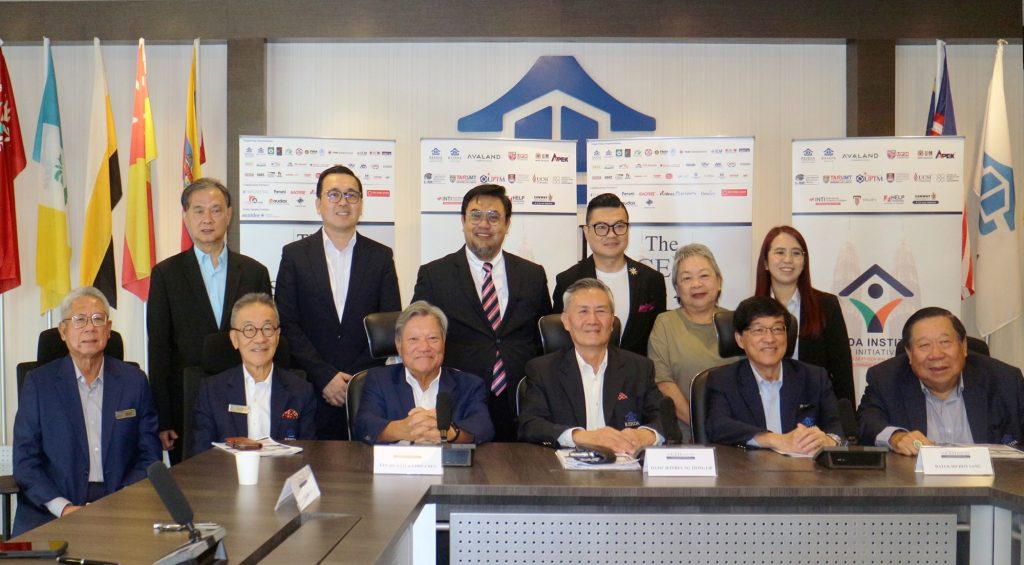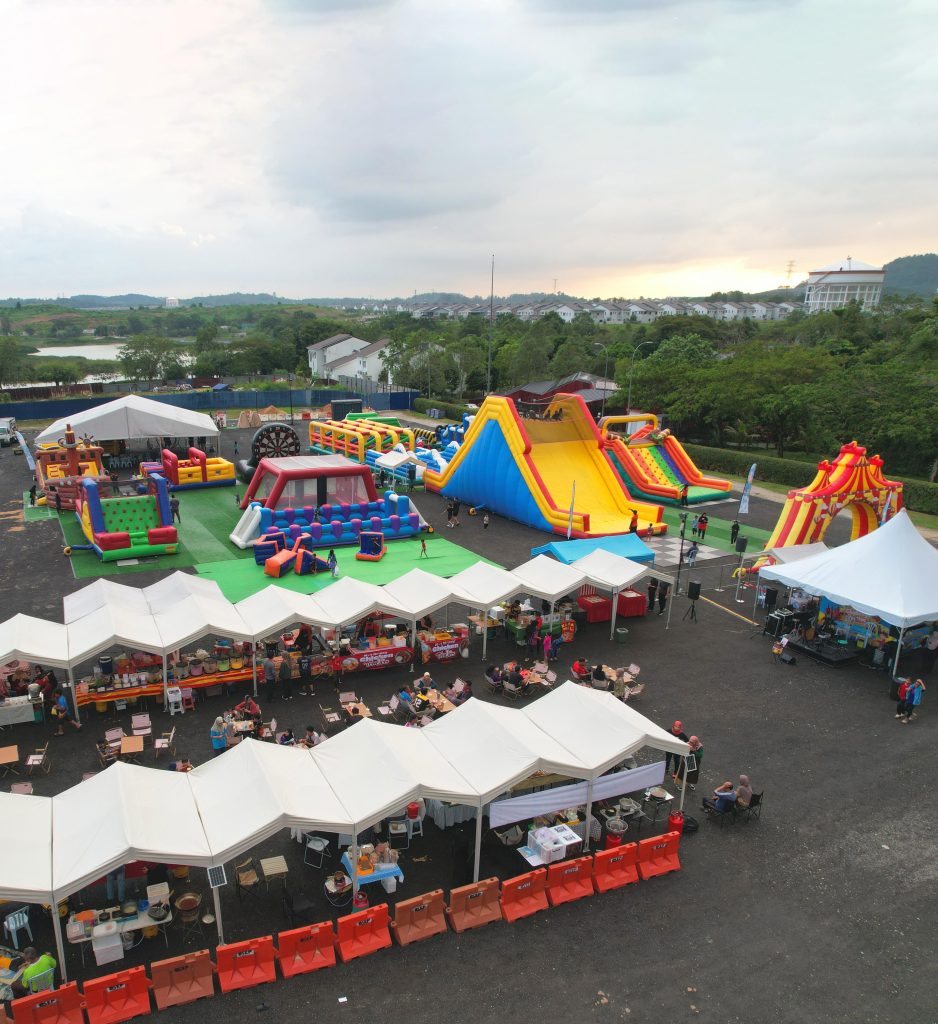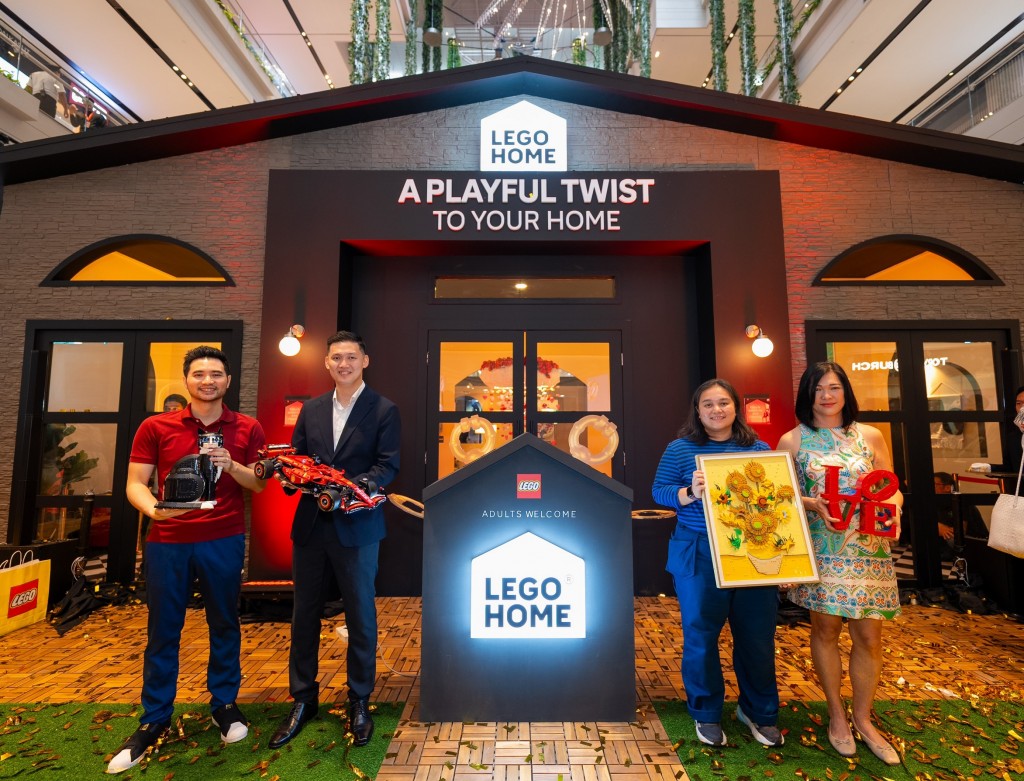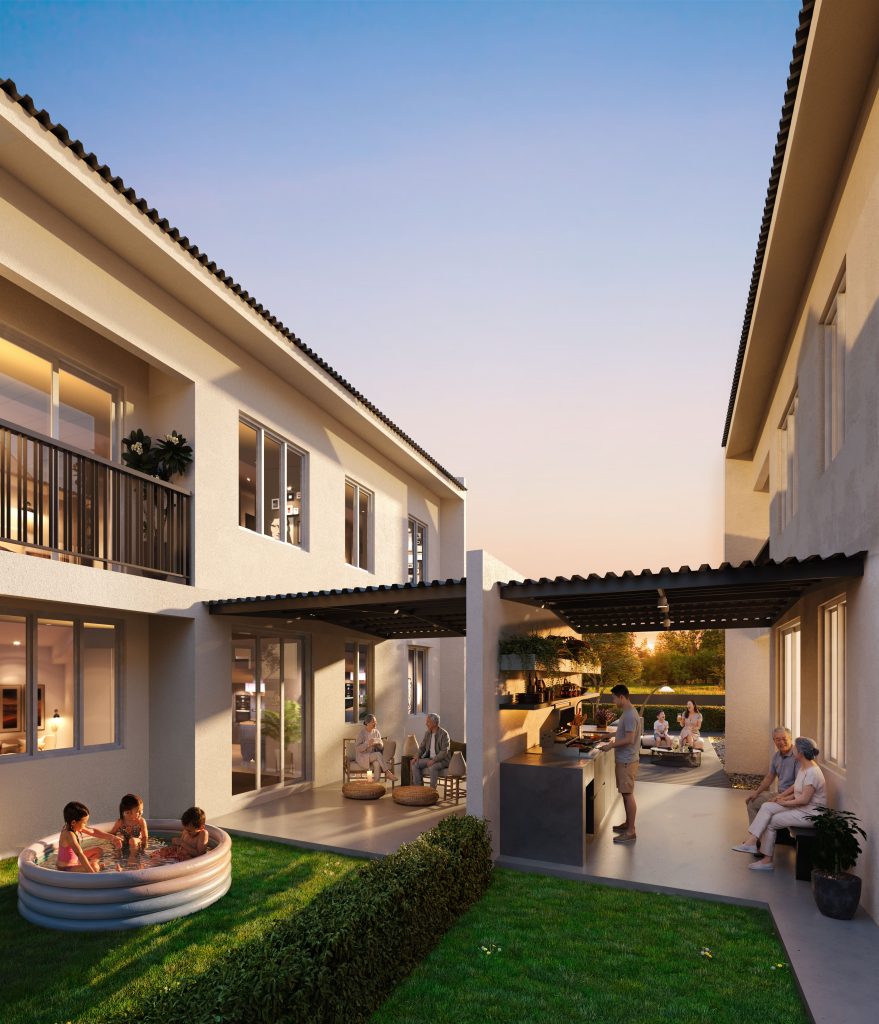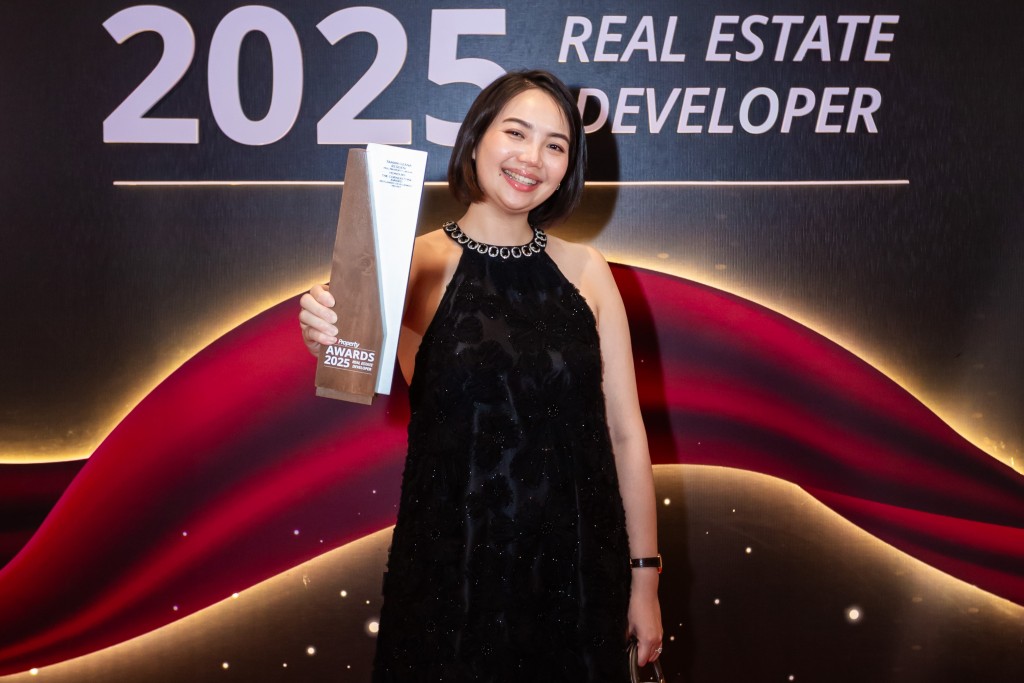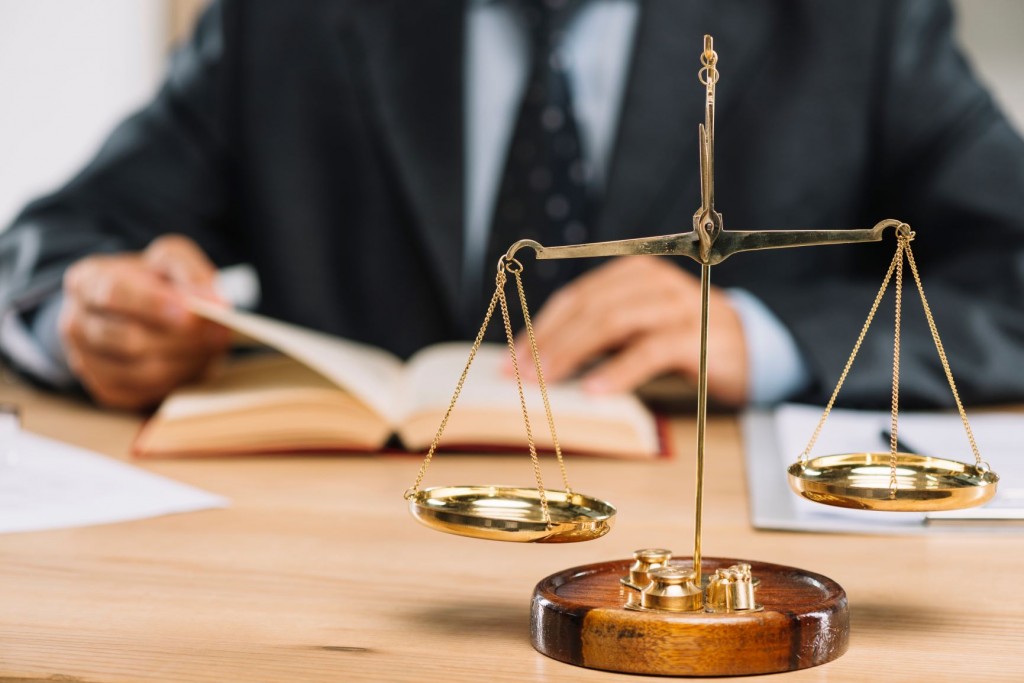Many people drive around, instead of taking public transportation, as demonstrated by the traffic jams that we suffer during peak hours and on the weekends.
Recently, StarProperty.my conducted a survey using 60 working adults and college students residing around Selangor and Kuala Lumpur regarding their use of public transportation, to provide further insight on why people don’t take public transport, which types they dislike the most, and how it can be improved. In Malaysia, many people drive around, instead of taking public transportation, as evident by the traffic jams that we suffer during peak hours and on the weekends.
However, did you know that in Malaysia alone, vehicles are one of the leading causes of air pollution, contributing 70.4% in 2017? In a study done in 2011, they are known to produce toxic gases and substances such as carbon monoxide, nitrogen oxides, hydrocarbons, and sulfur dioxide. Furthermore, the level of carbon dioxide in the air globally, as of now, is around 410 parts per million (ppm), above the safe level of 350 ppm, which shows how bad the global pollution problem is.
Using public transportation is beneficial for the environment and in the long run, would help us to lessen our carbon footprint. The Sunway BRT uses environmentally-friendly electric buses, both the MRT and LRT run on electricity, and the upcoming LRT Bandar-Utama Klang line (LRT 3) will adopt environmentally-friendly measures such as rainwater-harvesting and noise-reduction systems. Besides, apart from being environmentally-friendly, there are many other benefits to using public transportation.
Save money
One of the benefits of using public transportation is that in the long run, you will save more money. In 2016, Malaysians spent about 23.9% of their monthly income on petrol alone, according to the Second Finance Minister Datuk Johari Abdul Ghani. On top of that, Malaysians also spend a lot of money on parking, for example, parking in their office or parking inside shopping malls.
If an average working Malaysian takes public transportation, they can save around RM200 to RM300 a month, which is a lot of money for some people. In a year, that would total to about RM3,600. Furthermore, people can also save more money with the RapidKL MY100 and M50 pass, that has been in effect since early this year.
With the MY100 pass, you can enjoy unlimited rides for 30 days on the LRT, MRT, Monorail, BRT, Rapid KL buses and MRT feeder bus service for RM100. With the MY50 pass, you can enjoy unlimited rides on the Rapid KL buses and MRT feeder bus service, not including the BRT, for a cost of RM50 for 30 days. Also, with the pass, you can also enjoy flat rate parking at all the LRT/MRT Park n Ride facilities.
Among the 60 people surveyed, 76.7% (46) take public transportation, while the rest drive or use other forms of transportation. However, among the 46 public transportation users surveyed, only three of them said they use the MY100 pass. One of the reasons why people don’t use the MY50/MY100 passes is that they hadn’t heard of it, and they don’t use public transportation enough to need it.
More promotion or information about the passes would get more people to use public transportation, as they only need to spend RM100 a month to gain unlimited access to all RapidKL services. Furthermore, the pass should also be made available to foreigners, especially those living in Malaysia.
Accessibility
Another benefit of current public transportation in Malaysia is accessibility, especially with the completion of the MRT lines and the extension of the LRT lines, which provides more connections to places outside of Kuala Lumpur and Petaling Jaya, such as Sungai Buloh, Kajang, and Putra Heights, which are on the outskirts. The much-anticipated project is the upcoming LRT 3, that will provide a connection to Johan Setia, on the suburbs of Klang, slated to be completed in 2020, which will also interchange with the MRT Sungai Buloh-Kajang (SBK) line.
Within Kuala Lumpur itself, public transportation is reasonably accessible, as the hub, KL Sentral, is located in Kuala Lumpur, and is also home to the KL Monorail line which provides transportation within the city centre and interchanges with the MRT SBK line, LRT Ampang line, and the LRT Sri Petaling line.
However, for those living outside of Kuala Lumpur, the fastest way to get to a station or a bus stop is to drive or take a taxi or a Grab to the station, as most residential areas don’t have nearby bus stops. Moreover, sometimes bus stops look rundown or derelict, as pointed out by a respondent, which deters them from using the bus stops.
Among everyone surveyed, the number of respondents living within walking distance to a station/bus stop was the same the respondents whose homes were 'not far' and 'not near' a station/bus stop – which should not be the case. There should be more homes within walking distance to any public transportation, be it a station or a bus stop.
However, the concept of transit-oriented developments (TODs) is slowly picking up around Petaling Jaya and Kuala Lumpur, which is a step forward in the progress of public transportation in Malaysia. A TOD is a planned development that contains housing, business, and other amenities close to a station.
An example of a TOD is D’Sara Sentral, a new TOD by Mah Sing Group Bhd, located in Sungai Buloh. It contains housing, offices, shop lots, as well as other amenities, and it connects to the Kwasa Damansara MRT station via a pedestrian walkway.
Another TOD is Bangsar South, which houses many amenities and services including offices, co-working spaces, a convention centre, retail, dining, and housing, and is connected via a pedestrian bridge to the Kerinchi LRT station.
The development of TODs will bring about a positive impact on the environment in the long term, with all the amenities and services being within walking distance, and being nearby a transit station.
Efficiency
Lastly, another benefit of using public transportation in Malaysia is efficiency and convenience, especially with the completion of the MRT SBK and the extension of the LRT. Since the LRT and MRT operate on electricity, users can experience efficiency with both fast service and punctuality.
Furthermore, with the extension of the LRT Kelana Jaya line, there are more stations that interchange with other routes such as the LRT Sri Petaling Line and KTM Port Klang Line, as well as the KTM Terminal Skypark Line. It connects to the Sultan Abdul Aziz Shah Airport, which increases convenience and efficiency in public transportation in Malaysia, especially to those who live on the outskirts of Kuala Lumpur and Petaling Jaya.
The majority of the 46 public transportation users in the survey preferred to use the LRT and the MRT because of the efficiency and convenience of using them, as well as the punctuality of the MRT and LRT. They also preferred to use the LRT and MRT because of the newer facilities, cleanliness, and spaciousness of the coaches. However, only a few users preferred the KTM Komuter and RapidKL bus services, with the majority expressing their concerns that the service needs to be improved, stating that the KTM and buses aren’t punctual, are time-consuming, and the schedules need to be standard and consistent.
Conclusion
If more Malaysian citizens use public transportation more regularly, this will contribute to a positive impact on the environment. For example, in Singapore, MRT passengers generate a carbon footprint of 13.2 grams per kilometre, compared to bus users and drivers, who create a carbon footprint of 73 g/km and 118 g/km, respectively.
However, to get more people to use public transportation, improvements need to be made about the KTM Komuter service and the RapidKL bus service. Many respondents complained that they suffer long waiting times, long travelling times, inconsistent schedules, and they feel unsafe taking public transportation, with one responder on the survey commenting that all public transport needs to have separate men’ and women’s coaches, especially on the LRT and MRT, and not only for the KTM. Other respondents also commented that parking facilities need to be improved, especially in terms of the number of spaces available and the fact that some stations don’t have parking facilities.
Nevertheless, some of the more positive responses included the fact that public transportation is good for the environment, with more connectivity around the Klang Valley, increased efficiency and an overall improvement in the last few years. Moreover, the 2017 transport statistics by the Malaysian Ministry of transport indicate that over the past few years, there has been an increase in the number of passengers on electric train services, which marks a step forward in the public transportation scene in Malaysia.
Join the Green Build Conference on 27th June to find out how sustainable living might be achieved in buildings.











